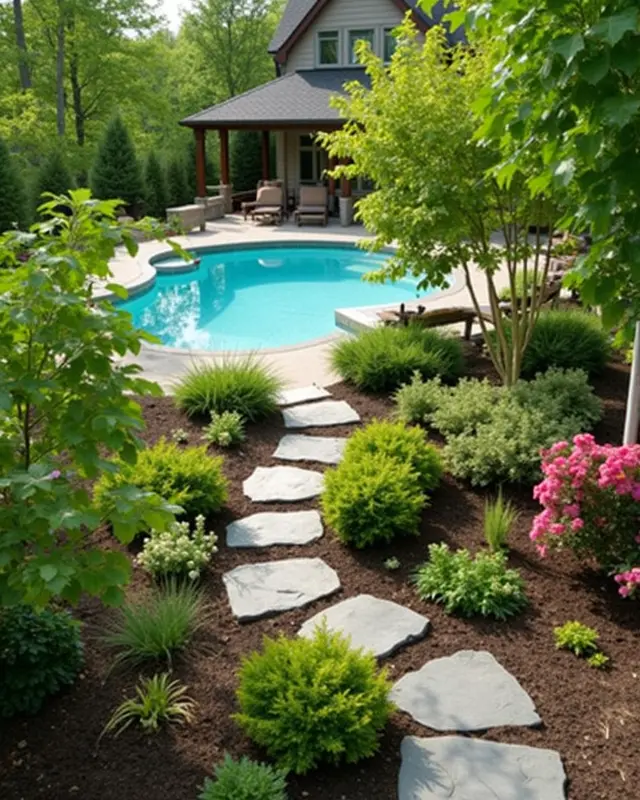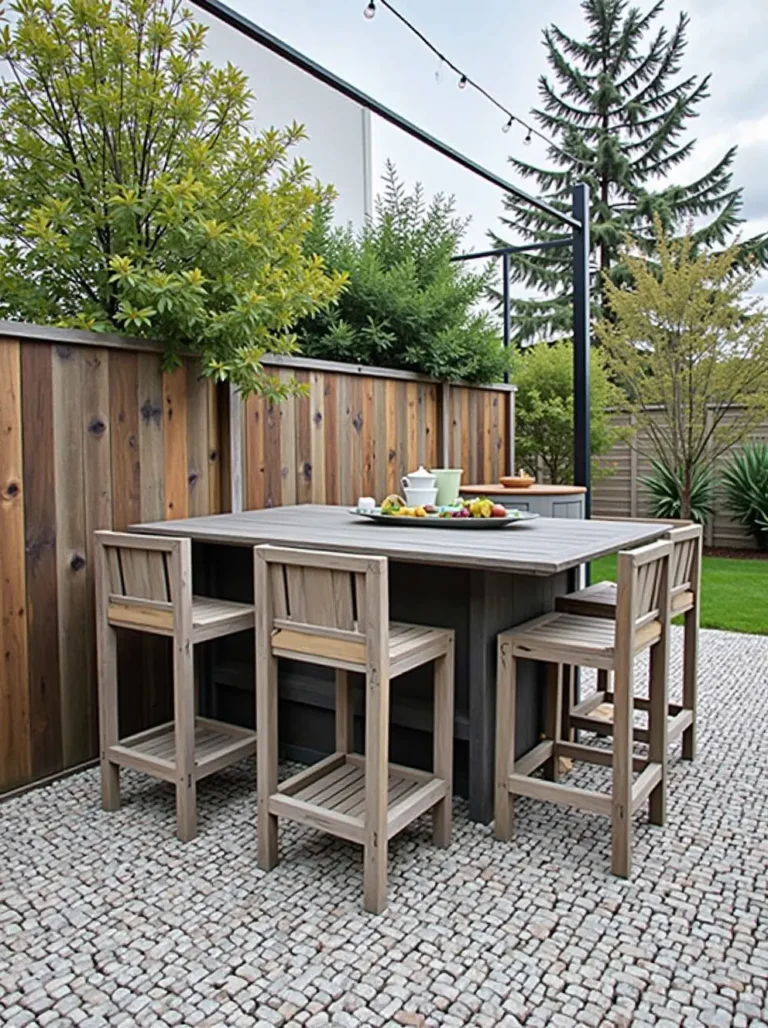Transform Your Space with Outdoor Vertical Gardens
Transform Your Space with Outdoor Vertical Gardens
Imagine stepping into your backyard and being greeted by a lush landscape, vibrant colors, and fresh aromas, all thanks to a stunning outdoor vertical garden. This innovative gardening technique not only beautifies dull walls and fences but also creates a serene oasis that elevates your mood and improves your overall well-being. In this article, we’ll dive into the incredible benefits, design ideas, and maintenance tips for outdoor vertical gardens that can transform your space into a green haven.
What Are Outdoor Vertical Gardens?
Outdoor vertical gardens, also known as green walls or living walls, are innovative structures that utilize vertical space for growing plants. By arranging culinary herbs, vibrant flowers, or luscious foliage vertically, these gardens make the most of limited outdoor areas, making them especially beneficial for urban dwellers or those with small yards. Furthermore, they enhance air quality, provide insulation, and even serve as sound barriers, making them the perfect addition to any home.
The Benefits of Outdoor Vertical Gardens
- Maximize Space: Vertical gardens allow homeowners with limited space to enjoy greenery without sacrificing square footage.
- Improved Air Quality: Plants filter pollutants and release oxygen, leading to a healthier home environment.
- Urban Wildlife Habitat: Vertical gardens can attract pollinators such as bees and butterflies, supporting local ecosystems.
- Noise Reduction: Green walls can dampen noises from roads or neighboring areas, creating a peaceful sanctuary.
- Increased Privacy: Vertical gardens can act as natural dividers, providing a sense of seclusion in busy urban settings.
Designing Your Outdoor Vertical Garden
When it comes to designing your vertical garden, creativity knows no bounds. Here are some engaging ideas to get you started:
1. Choose the Right Plants
Select plants that thrive in your climate and the sun exposure your vertical garden will receive. Popular choices for outdoor vertical gardens include:
- Climbing plants like Honeysuckle and Jasmine
- Herbs such as Basil, Thyme, and Mint
- Succulents and cacti for low-maintenance options
- Flowering plants like Petunias and Fuchsias
2. Structure Matters
Your vertical garden can be as simple or as intricate as you desire. Consider using:
- Wall-mounted planters
- Pre-fabricated modular systems
- Pallets filled with soil and plants
- Trellises or lattice work for climbing plants
3. Create a Focal Point
Use lighting or contrasting colored plants to draw attention to your vertical garden, making it a striking focal point in your outdoor space. Consider incorporating elements like decorative pots or garden sculptures to enhance the overall aesthetic.
Essential Maintenance Tips
While outdoor vertical gardens can be low-maintenance, they still require some care. Here are tips for keeping your green wall thriving:
- Watering: Regularly check soil moisture levels, as vertical gardens can dry out quickly due to air circulation.
- Fertilizing: Use organic fertilizers to provide essential nutrients for your plants, especially during the growing season.
- Pruning: Trim plants to promote healthy growth and check for any diseases or pests.
Getting Started with Your Vertical Garden
Transforming your outdoor space with a vertical garden doesn’t have to be overwhelming. Begin by selecting a suitable location, choosing plants that fit your lifestyle, and developing a structure that works for you. Start small if needed, gradually expanding your garden as you gain confidence and experience.
Conclusion
Outdoor vertical gardens are a fantastic way to bring life, color, and tranquility into your outdoor spaces. Whether you want to beautify a small balcony or create a calming retreat in your yard, the possibilities are endless. Embrace the transformative power of greenery and start your vertical gardening journey today!
Frequently Asked Questions
1. How do I choose the right location for my vertical garden?
Consider the sunlight availability and protection from harsh weather. Ideally, choose a spot that gets partial to full sunlight and is easily accessible for maintenance.
2. Can I grow vegetables in a vertical garden?
Absolutely! Many vegetables such as lettuce, cherry tomatoes, and herbs thrive in vertical arrangements. Just ensure they receive enough sunlight and nutrients.
3. How often do I need to water my vertical garden?
Watering frequency varies based on climate and plant type. Generally, check your plants every few days, as vertical gardens may require more frequent watering, especially in hot weather.
4. Do I need to fertilize my vertical garden?
Yes, using an organic fertilizer can help provide the necessary nutrients for healthy growth. Depending on the plants you choose, fertilization may be needed every 4-6 weeks during the growing season.
5. What maintenance is required for a vertical garden?
Maintenance includes regular watering, pruning, pest control, and sometimes repotting plants if they outgrow their space. Following a maintenance checklist can help keep your garden healthy.
“



